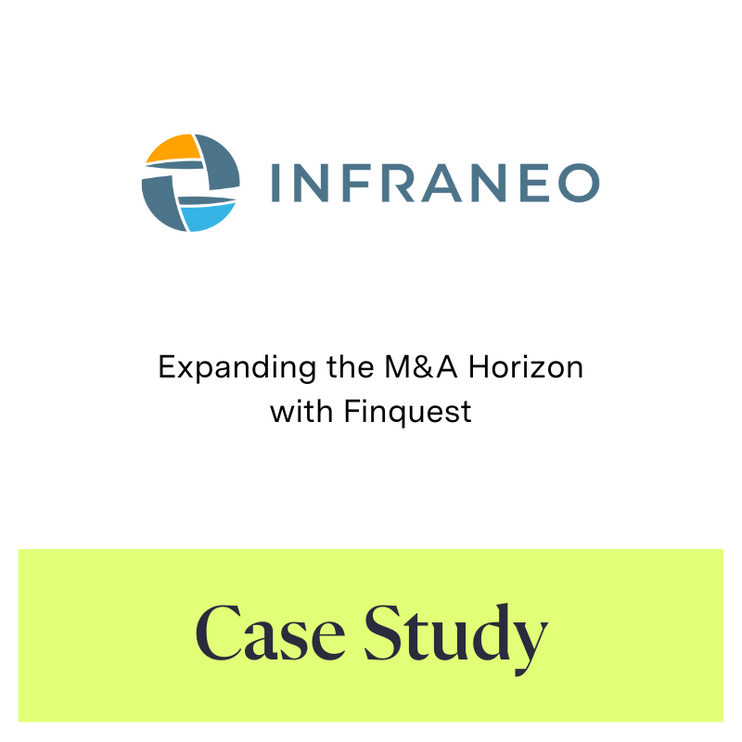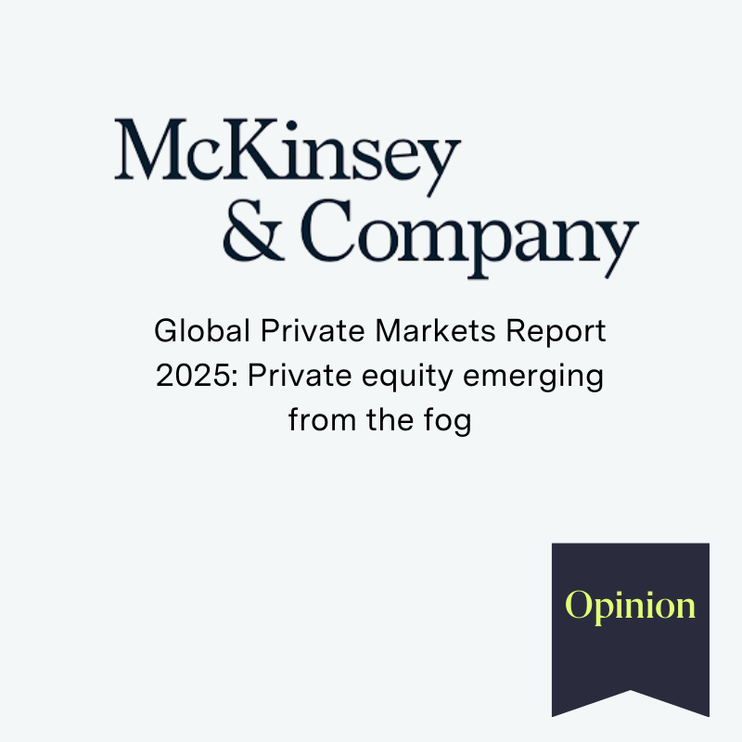
Navigating the Tightrope of Antitrust in M&A
In the ever-evolving world of M&A, there’s a new challenge on the horizon: the rising tide of antitrust scrutiny. Even for smaller tuck-ins and bolt-on deals.
The Problems at Hand
- Lengthy Approval Times: Gone are the days of swift deal approvals. Extended approval times are leading to skyrocketing costs. If a full investigation is launched, the financial implications can be daunting. For many buyers, this extended and costly process might be too much to bear.
- The High Cost of Waiting: A prolonged approval process isn’t just about money; it’s about time and opportunity. Some buyers, fatigued by the wait, might opt to walk away. In certain cases, the delay can even jeopardize the financing of a merger.
- Rising Breakup Fees: Sellers, sensing the shifting sands, are demanding higher breakup fees. This is a clear indicator of the perceived risks tied to deal terminations in today’s climate.
The Current Scenario
- Antitrust at the Forefront: Dealmakers are no longer sidelining antitrust risks. What used to be a midpoint or endgame discussion has now become a starting point. In fact, dealmakers are dedicating up to six months just to assess competition risks before diving into M&A talks or due diligence.
- More Paperwork, More Scrutiny: New merger guidelines and revised HSR requirements mean companies have to be more transparent than ever. The likelihood of a deal proposal undergoing a second review has increased. Regulators, with a keen eye, are delving deep into deal documents, trying to understand the motivations and plans behind M&A proposals.
- Red Flags in Valuations: A young, low-profit tech company fetching a high purchase price? That’s bound to raise eyebrows. Regulators are particularly watchful of sectors prone to “killer acquisitions.”
The Silver Lining
Despite the challenges, it’s not all bleak. Many dealmakers remain hopeful. Recent court losses by regulatory bodies like the FTC and DOJ have bolstered this optimism. The consensus? A vast majority of deals can still see the light of day. However, the key is preparation. Dealmakers are emphasizing the importance of thorough antitrust risk assessments from the get-go. They’re gearing up for detailed due diligence, setting clear cost and timeline expectations, and even discussing potential concessions to appease antitrust concerns.
A Global Perspective:
The emphasis on fair competition isn’t just a local phenomenon. Globally, competition laws have seen exponential growth—from just 12 jurisdictions in the 1970s to over 125 today. This global shift underscores the universal push for a level playing field. Moreover, regulators are tailoring their efforts based on sectors crucial to their domestic economy or national security. The recent pandemic and geopolitical tensions have further spotlighted sectors like healthcare, energy, and defense.
In Conclusion
The M&A landscape is undeniably changing. For dealmakers, the mantra is clear: adapt, prepare, and stay informed. In this age of heightened antitrust scrutiny, it is critical to evaluate the risk of anti-trust. One potential element of this might the number and size of direct competitors. Being able to identify competitors, including at the most granular level could prove critical.
If you want to comprehensively map your target market – however niche – connect with our team today.
Written with thanks and credit to Pitchbook, who provided the source material for this commentary. You can access their full report here.



